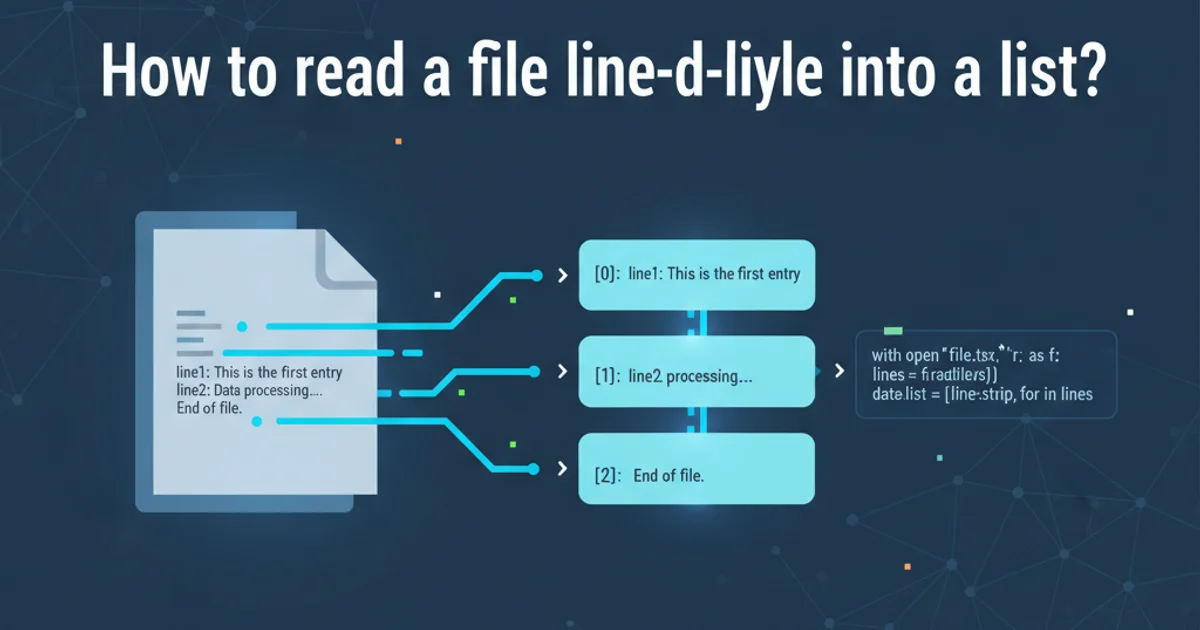Superscript R squared for legend
Categories:
Displaying Superscript R-squared in R Legends

Learn how to correctly format and display R-squared values with superscripts within plot legends in R, enhancing the clarity and professionalism of your statistical visualizations.
When presenting statistical models, especially linear regressions, the R-squared value is a crucial metric. Often, it's desirable to display this value directly on the plot, typically within the legend, with the '2' in R-squared rendered as a superscript. This article will guide you through the process of achieving this in R, using base graphics and ggplot2.
Understanding R's Plotmath for Superscripts
R's plotting functions use a special language called plotmath to render mathematical expressions, including superscripts, subscripts, Greek letters, and more. To create a superscript, you use the ^ operator. For example, R^2 would render 'R' with a superscript '2'. However, directly embedding this into a string for a legend requires careful handling, often involving the expression() function.
flowchart TD
A["Start: Need R^2 in Legend"] --> B{"Using Base R Graphics?"}
B -->|Yes| C["Use expression(R^2)"]
C --> D["Combine with text: expression(paste('R-squared = ', R^2))"]
D --> E["Pass to legend() or text() function"]
B -->|No| F{"Using ggplot2?"}
F --> G["Use bquote(R^2)"]
G --> H["Combine with text: paste0('R-squared = ', bquote(R^2)) or glue()"]
H --> I["Pass to labs() or annotate() function"]
E --> J["End: R^2 in Legend"]
I --> JDecision flow for rendering R-squared with superscript in R plots.
Superscript R-squared in Base R Graphics
For base R plots, the expression() function is your primary tool for creating mathematical annotations. You can combine text and mathematical expressions using paste() within expression() to build complex legend entries. The key is to ensure the R^2 part is correctly interpreted by plotmath.
# Sample data
x <- 1:10
y <- 2*x + rnorm(10, sd=1)
# Fit a linear model
model <- lm(y ~ x)
# Extract R-squared value
r_squared <- summary(model)$r.squared
# Create the plot
plot(x, y, main = "Base R Plot with Superscript R-squared",
xlab = "X-axis", ylab = "Y-axis")
abline(model, col = "red")
# Create the legend entry with superscript R-squared
# Using bquote for dynamic R-squared value
legend_text <- bquote(R^2 == .(format(r_squared, digits = 3)))
# Add legend to the plot
legend("topleft", legend = legend_text, col = "red", lty = 1)
Example of displaying R-squared with a superscript in a base R plot legend.
expression() or bquote() with dynamic values, remember to use the . operator within bquote() to evaluate variables. For expression(), you might need to construct the string first and then parse it, or use substitute().Superscript R-squared in ggplot2
ggplot2 offers more flexibility, but the approach to plotmath expressions is slightly different. While expression() can work, bquote() is often more convenient for dynamically inserting R-squared values. You can use bquote() within labs() for titles/subtitles or annotate() for direct plot annotations.
library(ggplot2)
# Sample data
df <- data.frame(x = 1:10, y = 2*(1:10) + rnorm(10, sd=1))
# Fit a linear model
model_gg <- lm(y ~ x, data = df)
# Extract R-squared value
r_squared_gg <- summary(model_gg)$r.squared
# Create the plot
ggplot(df, aes(x, y)) +
geom_point() +
geom_smooth(method = "lm", se = FALSE, color = "blue") +
labs(title = "ggplot2 Plot with Superscript R-squared") +
# Add R-squared to the plot using annotate
annotate("text", x = 2, y = max(df$y),
label = bquote(R^2 == .(format(r_squared_gg, digits = 3))),
hjust = 0, vjust = 1, size = 5)
Example of displaying R-squared with a superscript in a ggplot2 plot annotation.
ggplot2, if you want the R-squared in the actual legend (e.g., for a geom_smooth layer), you might need to create a dummy aesthetic or use ggtext for more advanced text formatting. The annotate() function is often the most straightforward way to place such information directly on the plot.